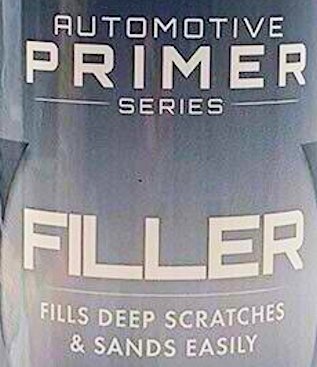Automotive Paint Fillers and primer fillers

How to use Automotive Paint Fillers and primer fillers and what they do.
Fillers are heavily pigmented materials; they are designed to fill deeper scratches and metal irregularities than are primer—surfacers. It is generally possible to apply a greater thickness in one spray coat of filler than in one spray coat of application primer surfacer. Because of this, the drying or 'flashing' time between coats should be carefully controlled and the number of coats applied in one day restricted, otherwise the time required for final hardening will be considerably lengthened.
The same restrictions may not always apply to products which harden due to chemical reaction of two vehicle components mixed just before use. For example, polyester spraying fillers which harden with peroxide catalysts can be used to give high build very quickly.
Fillers can be formulated for application by spray, brush or knife. Knifing fillers will give the best filling, but they call for considerable skill in application. Spray fillers can be applied easily but they will follow the contour of the surface being painted and must then be rubbed to obtain a level surface. The brushing filler will fill better than the spray filler but considerable flatting will be necessary to eliminate the brush marks. Some products which come into the filler category, but which can be applied to metal, are called primer fillers.



